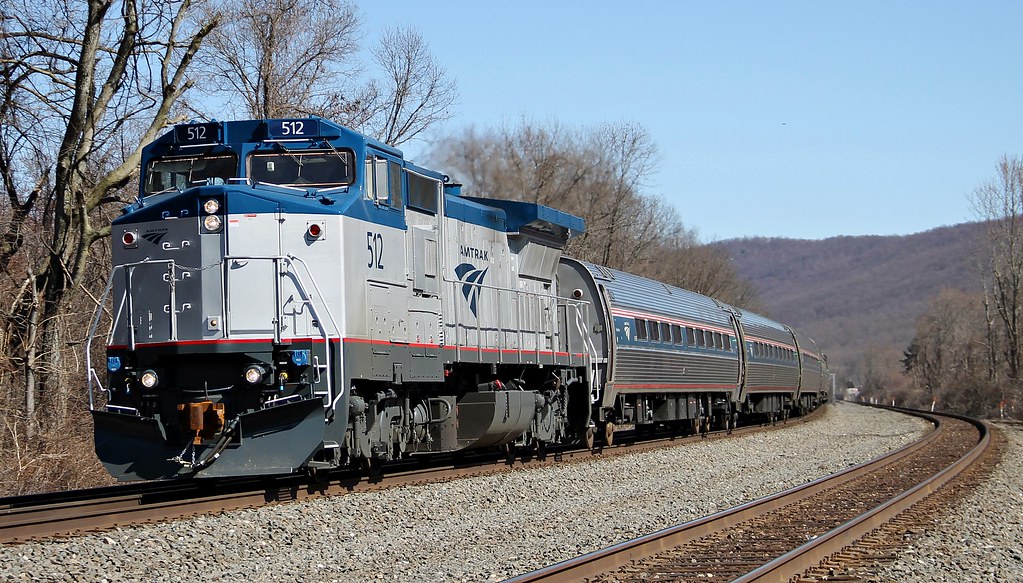In the latest issue of Trains, several articles discuss an interview conducted with Amtrak's new President Wick Moorman. Amongst the topics covered is one concerning the current diesel fleet. Mr. Moorman makes the comment (as I interpret it) that Amtrak can rebuild its current diesel fleet over a period of 10 years and does not need to go out and immediately purchase new power.
That got me thinking, what is the difference in lifespan between freight and passenger engines? Freight engines are hauling heaving, long trains at slow to medium speeds, while most Amtrak engines are handling light trains at relatively high speeds. I know Amtrak's maintenance issues are always a question, but PROPERLY MAINTAINED, what engine tends to have a longer life span? I, am not going to question at all Mr. Moorman's comments regarding engines. If he believes rebuilding is the answer, then that is the answer. I know Norfolk Southern has been successful in its rebuilding program, and I have no doubt that this same philosophy can be brought to Amtrak.
That got me thinking, what is the difference in lifespan between freight and passenger engines? Freight engines are hauling heaving, long trains at slow to medium speeds, while most Amtrak engines are handling light trains at relatively high speeds. I know Amtrak's maintenance issues are always a question, but PROPERLY MAINTAINED, what engine tends to have a longer life span? I, am not going to question at all Mr. Moorman's comments regarding engines. If he believes rebuilding is the answer, then that is the answer. I know Norfolk Southern has been successful in its rebuilding program, and I have no doubt that this same philosophy can be brought to Amtrak.













































